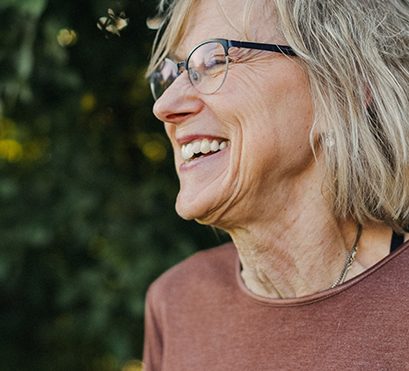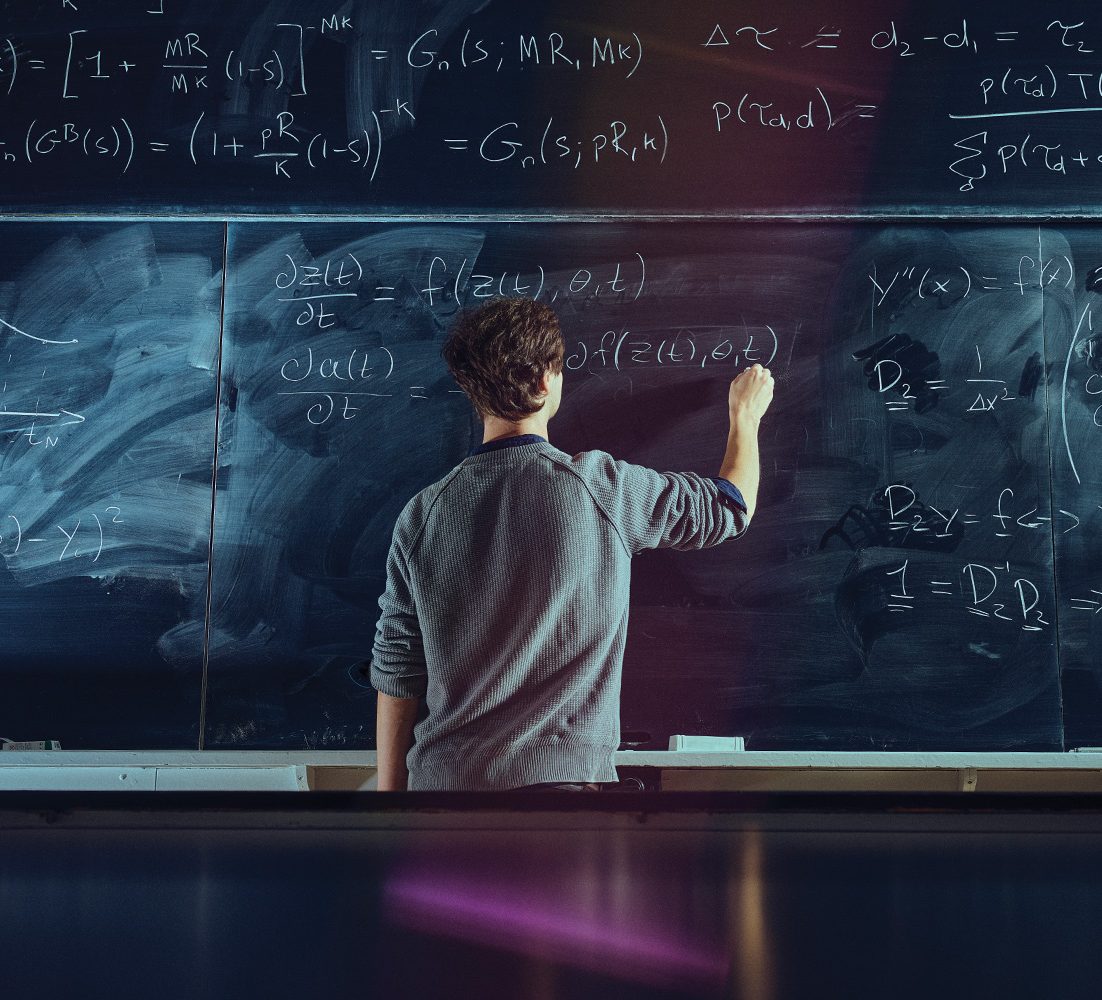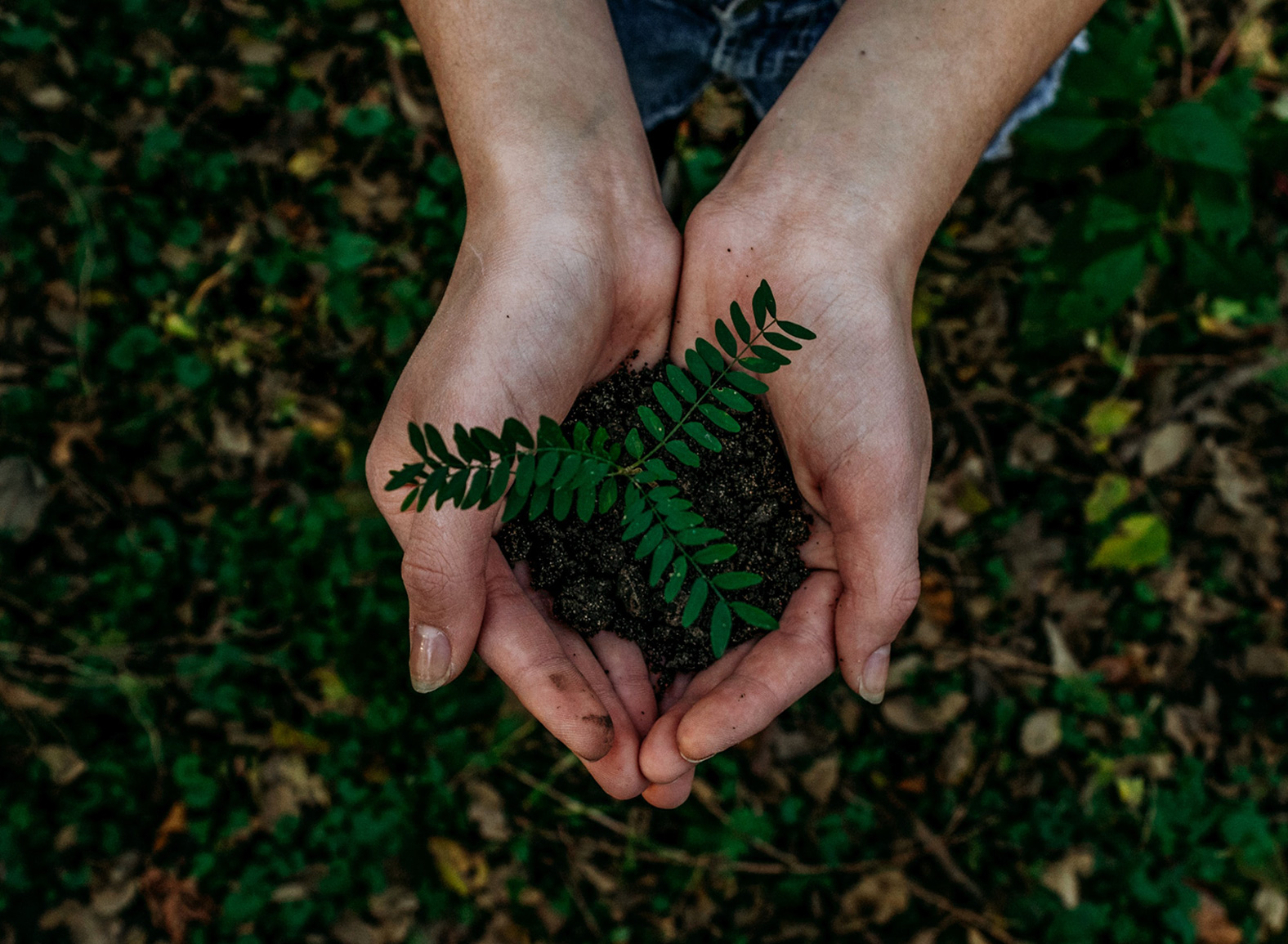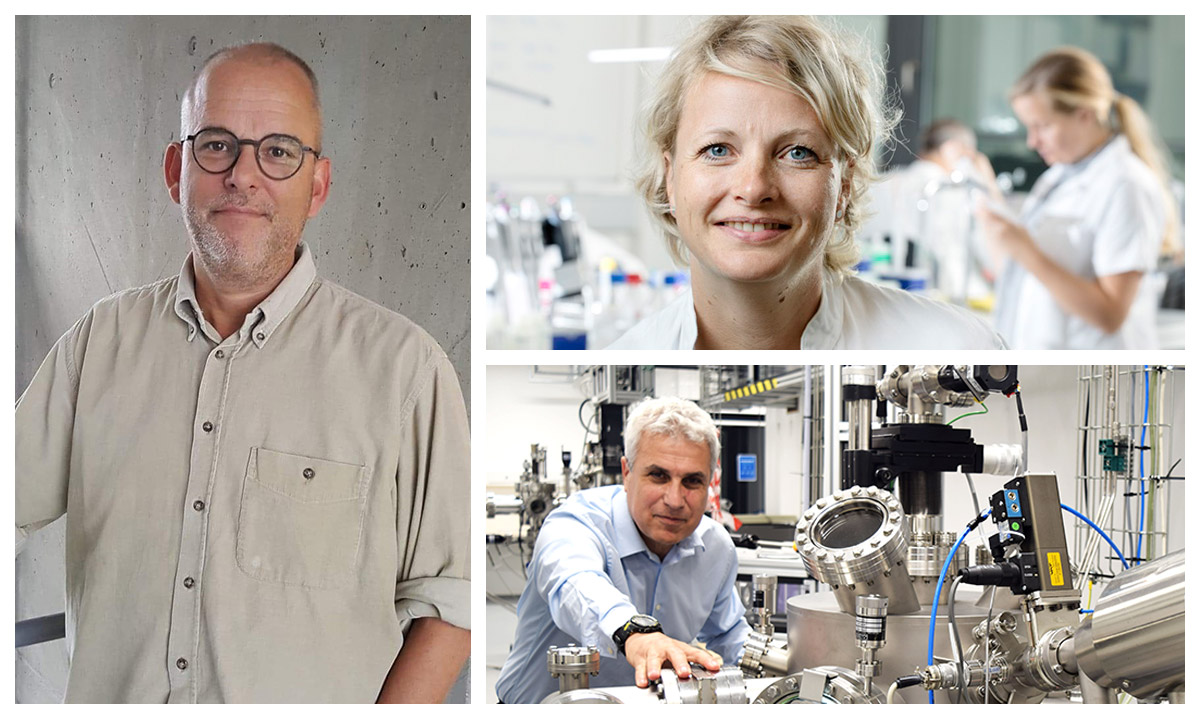The Novo Nordisk Foundation has awarded Nini Pryds and Sine Hadrup from the Technical University of Denmark and Søren Husted from the University of Copenhagen grants ranging from DKK 37.7 million to DKK 60 million for their respective projects through the 2021 Challenge Programme under the theme Smart Nanomaterials for Applications in Life Science.
The goal of the Challenge Programme is to support excellent researchers in addressing major societal challenges within health, sustainability or biotechnology.
Nanotechnology has huge potential
According to Lene Oddershede, Senior Vice President of Natural & Technical Sciences at the Novo Nordisk Foundation, the three very different research projects confirm that nanotechnology and nanomaterials comprise an interdisciplinary research field with enormous potential.
“Nanomaterials are unique, since their properties actually differ from those of the constituent elements on a larger scale. The nanoscopic size of the structures gives nanomaterials special properties that can be controlled by light and other means. Nanomaterials can be used to deliver drugs locally within the body; ensure more efficient and sustainable use of fertilizer in agriculture; or capture relatively weak electromagnetic signals. These unique properties are precisely what the projects awarded grants will use to creatively pave the way for new types of therapies and the sustainable fertilizer of the future,” says Lene Oddershede, adding:
“These three selected projects provide an opportunity to achieve major new breakthroughs in developing and using functional nanomaterials for therapy, diagnostics and agriculture, while we monitor their potentially toxic properties. I am therefore very excited to follow the projects in detail,” says Lene Oddershede.
Nanosensors will perform neuroimaging in the future
Nini Pryds, Professor and Head of Section, Department of Energy Conversion and Storage at the Technical University of Denmark, is receiving DKK 60 million for the project Ultrasensitive Biomagnetometers with Macro to Nano Resolution (BIO-MAG), which aims to create small, biocompatible magnetic sensors with sensitivity suitable for mapping neuronal activity in living organisms. The sensors will be used for neuroimaging as a diagnostic tool.
“One tool we use today for neuroimaging is magnetic resonance imaging (MRI), but this has several limitations,” says Nini Pryds, adding:
“MRI can provide accurate and quick diagnosis. However, it is expensive and typically only available in hospitals. In addition, the spatial resolution is insufficient to detect how individual neurons communicate in the brain.”
Nini Pryds and his research team will therefore develop 2D materials for two new types of sensor technologies that can obtain brain images at room temperature. With their excellent sensitivity and spatial resolution, they will provide a much more detailed picture of how the brain works.
“This will enable us to diagnose nervous system disorders much earlier, thereby offering better treatment at an earlier stage before the disorders have time to develop further. In addition, our ambition is that general practitioners will eventually be able to use the technology and perform the imaging directly in their practices. This will make neuroimaging much more accessible and commonplace,” says Nini Pryds.
New opportunities for targeted cancer therapy
Sine Hadrup, also from the Technical University of Denmark, is receiving DKK 37.7 million for the project Nanomaterials for Efficacious Cancer Immunotherapy: In Vivo Engineering of Immune Cells and Tumour Microenvironment. This project aims to transform how people with cancer receive chimeric antigen receptor (CAR) T-cell therapy by using nanotechnology to solve some of the challenges associated with this type of therapy.
“One major challenge we face in cancer therapy is that, even though we are proficient at genetically modifying cells so that they behave as desired, this modification takes place outside the body in a laboratory before the cells are reimplanted. This process is very expensive and poses challenges in logistics and procedures,” says Sine Hadrup, adding:
“We aim to develop a method for modifying the cells directly in the body, to avoid the many disadvantages associated with conventional CAR T-cell therapy. This includes sending nanoparticles directly into the body with small coding elements and then transferring them to the T cells of the immune system. The T cells will thus be able to recognize the surface of a cancer cell. To achieve this, our task is to design the nanoparticles so that they are stable in the bloodstream and can deliver their material effectively to the T cells.”
Sine Hadrup and her research team will also try to develop particles that can target tumours directly instead of being delivered to the cells of the immune system. The nanoparticles must then release drugs that will directly affect the T cells in the tumours. The nanoparticles will alter the tumour’s often immunosuppressive environment, thereby enabling the immune cells to thrive and combat the cancer.
Sustainable solution to the fertilizer crisis
The third project under this theme is being led by Søren Husted from the University of Copenhagen, who is receiving DKK 60 million for Biocompatible Nanofertilizers for Targeted Delivery and Programmed Release of Essential Mineral Ions in Crops. Søren Husted’s ambition is to develop the first generation of fertilizers applied directly to the leaves using a biodegradable nanocoating to ensure that the plant absorbs the fertilizer and that it does not leach to the environment.
“Most of the fertilizer frequently used today does not end up in the crops where it is supposed to exert its effect. For example, the crops only absorb about 20% of the phosphate used in fertilizer, and the other 80% binds to minerals in the soil or leaches into the aquatic environment, with severe algal blooms and oxygen depletion as a result. This not only severely burdens the environment but is also problematic because phosphates are an extremely scarce natural resource. There is no substitute, so we need to find better solutions to ensure that future generations have sufficient phosphates,” says Søren Husted.
Søren Husted and his research team will use nanotechnology to find a solution.
“Using nanotechnology enables us to tailor the fundamental properties of the materials, so encapsulating the fertilizer in small nanoparticles makes the particles behave as desired. In this case, we will design nano-sized fertilizer particles and give them several unique properties that enable the plant to absorb them much more efficiently and utilize the nutrients in their metabolism. This can make cultivating crops more efficient and sustainable, because the fertilizer ends up in the right place.”
Smart Nanomaterials for Applications in Life Science is one of the three themes of the 2021 Challenge Programme. The other two are Mathematical Modelling of Health and Disease and Proteins for Tomorrow’s Food.
In 2021, the Foundation awarded grants totalling DKK 366 million for seven research projects within the research themes. Read about all the grants here.
About the Challenge Programme
The Novo Nordisk Foundation established the Challenge Programme in 2014. Since then, the Foundation has awarded more than DKK 100 million every year for ambitious research projects based on a thematic approach addressing some of the major societal challenges.
The Foundation awards grants of up to DKK 60 million per project. Read more about the Challenge Programme here.
Further information
Marie-Louise Jersin, Senior Communications Partner, +45 3049 4957, [email protected]








